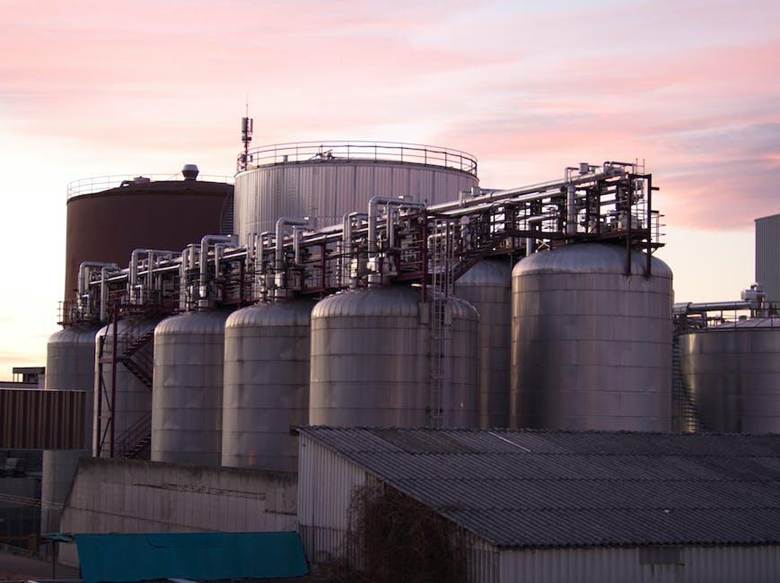Hydrogen sensors are devices used in various applications to monitor hydrogen concentrations. With the rise in the use of hydrogen in modern industries and energy solutions, a thorough understanding of how hydrogen sensors operate, their types, and their importance in safety protocols is a must.
As we delve deeper into the subject, we will explore the various technologies utilized to detect hydrogen, their key benefits, and how they are applied across diverse sectors. Without any further ado, let’s dive into it.

How Hydrogen Sensors Operate
The operation of hydrogen sensors is based on various sensing principles, which provide reliable and accurate measurement capabilities. The basic idea involves a change in electrical properties or chemical reactions triggered by hydrogen presence. In electrochemical sensors, hydrogen ions combine with a liquid electrolyte. Metal-oxide sensors utilize thin films coated with metal oxides that react with hydrogen at elevated temperatures.
Optical hydrogen sensors employ light to detect gas concentrations, relying on specific wavelengths absorbed by hydrogen molecules. As hydrogen concentration changes, the amount of light absorbed differs and provides a direct measurement method. The choice of which sensor type to employ should depend on the sensitivity, response time, and operating conditions.
Choosing the Right Hydrogen Sensor
Various factors come into play when making this decision. Different environments have differing requirements; sensors used in outdoor industrial settings may need to withstand harsh weather conditions. Know the environmental challenges to select a sensor with the appropriate rating for humidity, temperature, and possible exposure to contaminants.
Depending on the application, sensors might need to detect very low concentrations of hydrogen or handle higher levels. Select products that can operate efficiently across these ranges. Factor in the expected lifespan and maintenance needs of the hydrogen sensors — some devices might require frequent calibration, others can operate with minimal oversight. Look into hydrogen sensor products like H2scan that offer proven performance and reliability. Researching established manufacturers and seeking recommendations on sensor models can simplify this decision-making process. Equipped with knowledge of your specific needs and available products, it’s much easier to select the most suitable hydrogen sensor.
Types of Hydrogen Sensors
The most prevalent types of hydrogen sensors include electrochemical, metal-oxide semiconductor, and catalytic sensors. Electrochemical sensors find use in controlled environments due to their selectivity and sensitivity to hydrogen. Metal-oxide semiconductor sensors are renowned for their robustness and ability to work in high temperatures, ideal for outdoor applications. Catalytic sensors detect flammable gases, including hydrogen, and they work by oxidizing hydrogen on a catalyst surface. More advanced technologies utilize light absorption principles to gauge hydrogen levels. The choice of sensor greatly impacts operational efficiency and safety.
Applications of Hydrogen Sensors
Hydrogen sensors find diverse applications across multiple industries, primarily due to the increasing utilization of hydrogen as a clean fuel source. In industrial settings, these devices monitor pipelines, storage tanks, and other critical areas to avert potential leaks. This proactive detection assists operators in maintaining safety standards and minimizes risks associated with hydrogen gas.
The automotive sector is also embracing this technology with the rise of hydrogen-powered vehicles. In the oil and gas industry, hydrogen sensors monitor refining processes and improve safety measures. Scientific research employs these sensors to analyze chemical reactions involving hydrogen. The analysis of applications indicates that the correct implementation of hydrogen sensors leads to improved safety, efficiency, and support in advancing various technological fields.
Importance of Accurate Measurement
Fluctuations in hydrogen levels can result in dangerous situations and make continuous monitoring indispensable. Reliable sensors contribute to reducing the likelihood of fires, explosions, and other accidents related to hydrogen gas. Aside from preventing hazards, accurate measurement also improves the efficiency of processes relying on hydrogen.
Industries aiming for optimal performance must rely on precise data to manage hydrogen fuel consumption effectively. Regular calibration and maintenance of sensors contribute to sustaining measurement accuracy and reliability. As industries increase their reliance on hydrogen, data accuracy will fundamentally impact operational safety and efficiency.
Regulatory Standards and Compliance
Compliance with safety and regulatory standards is another area that underscores the relevance of hydrogen sensors. Various regulations govern the permissible limits of hydrogen concentrations in different environments. Organizations must adhere to these standards to maintain operational licenses and avoid legal repercussions. Many regions specify the use of hydrogen sensors in environments where hydrogen is produced, processed, or transported.
As safety regulations evolve, continuous advancements in sensor technologies, such as improved detection capabilities and response times, are achieved. Businesses need to implement these regulations to reduce liabilities and promote workplace safety. Keeping abreast of local and international standards guarantees that organizations employ the necessary technologies to meet compliance benchmarks.

Hydrogen sensors are vital components in ensuring safety and efficiency across multiple sectors, ranging from industrial to renewable energy applications. Understanding their operation, types, applications, and the importance of accurate measurements aids organizations as they adapt to new challenges. Don’t forget to stay updated on trends to optimize their hydrogen management and safety protocols.









